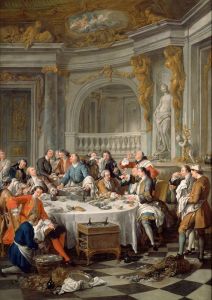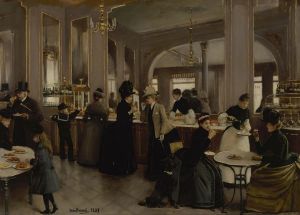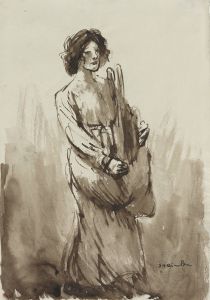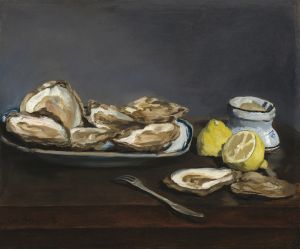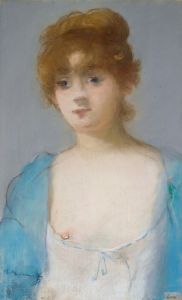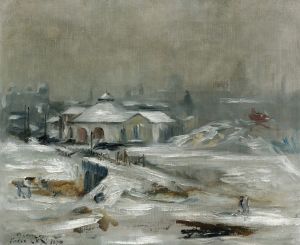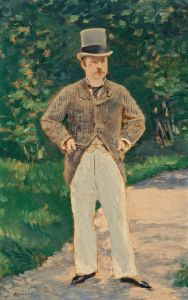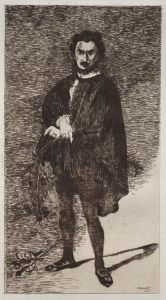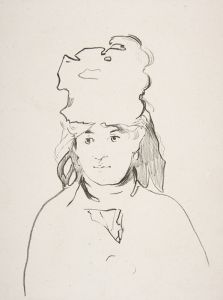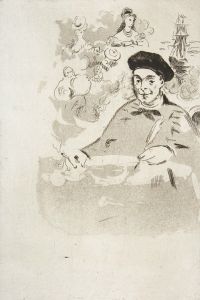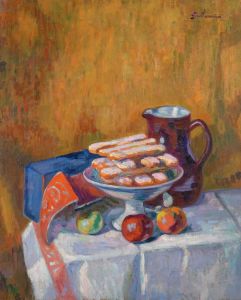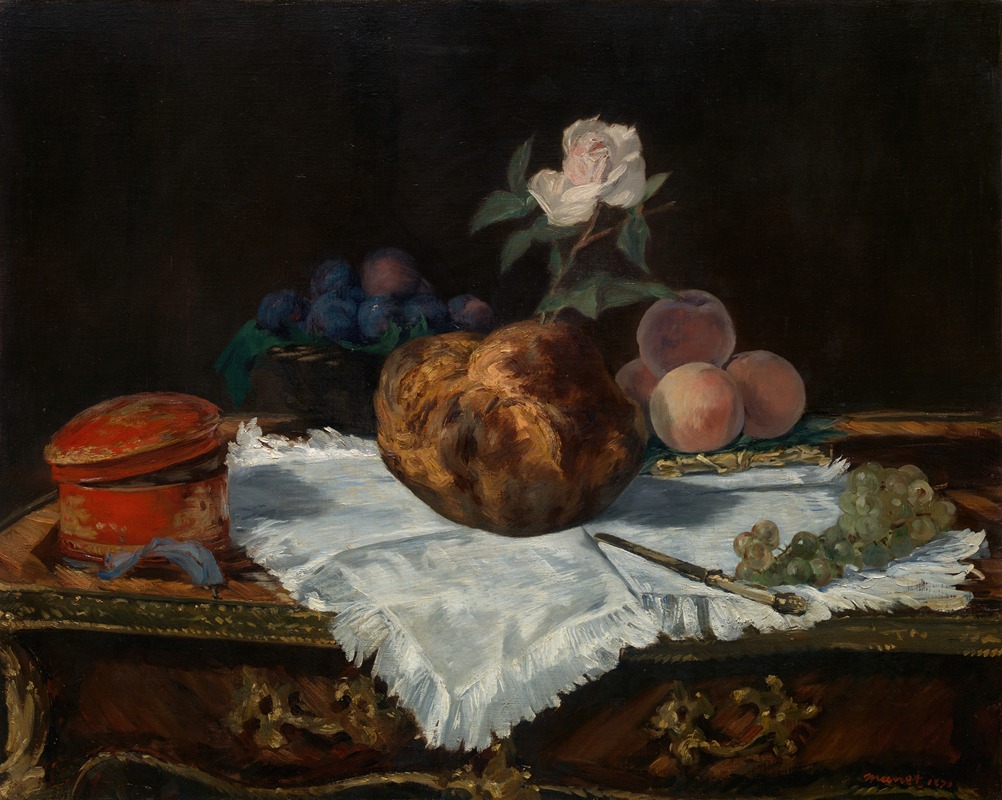
The Brioche
A hand-painted replica of Édouard Manet’s masterpiece The Brioche, meticulously crafted by professional artists to capture the true essence of the original. Each piece is created with museum-quality canvas and rare mineral pigments, carefully painted by experienced artists with delicate brushstrokes and rich, layered colors to perfectly recreate the texture of the original artwork. Unlike machine-printed reproductions, this hand-painted version brings the painting to life, infused with the artist’s emotions and skill in every stroke. Whether for personal collection or home decoration, it instantly elevates the artistic atmosphere of any space.
Édouard Manet's painting "The Brioche" is a notable work from the 19th-century French artist, created in 1870. Manet, a pivotal figure in the transition from Realism to Impressionism, is renowned for his innovative approach to painting and his role in the development of modern art. "The Brioche" exemplifies his skill in still life, a genre that allowed him to explore form, texture, and light with a focus on everyday objects.
"The Brioche" depicts a simple yet elegant arrangement of a brioche, a type of French bread known for its rich, buttery texture, placed on a table. Accompanying the brioche are a knife and a glass of wine, elements that contribute to the composition's balance and harmony. Manet's choice of subject matter reflects his interest in capturing the beauty of ordinary objects, elevating them to the level of fine art through his masterful use of color and light.
The painting is characterized by its loose brushwork and the subtle interplay of light and shadow, which are hallmarks of Manet's style. The brioche itself is rendered with a warm, golden hue, its texture inviting and almost tangible. The surrounding elements, such as the knife and the glass, are painted with a similar attention to detail, their reflective surfaces capturing the ambient light in a way that adds depth and realism to the scene.
Manet's approach to still life was influenced by the Dutch masters of the 17th century, whose works he admired for their precision and ability to convey the materiality of objects. However, Manet's interpretation is distinctly modern, as he employs a more spontaneous and less detailed technique, focusing instead on the overall impression and mood of the composition.
"The Brioche" is also notable for its compositional simplicity, which allows the viewer to appreciate the inherent beauty of the objects without distraction. This minimalist approach is a testament to Manet's belief in the power of painting to transform the mundane into something extraordinary. The painting invites viewers to contemplate the aesthetic qualities of everyday life, a theme that resonates throughout Manet's oeuvre.
In terms of historical context, "The Brioche" was created during a period of significant change in the art world. The late 19th century was marked by a shift away from the academic traditions that had dominated European art for centuries. Artists like Manet were at the forefront of this movement, challenging conventional norms and paving the way for the Impressionists and subsequent modern art movements.
Today, "The Brioche" is housed in the Metropolitan Museum of Art in New York City, where it continues to be appreciated by art enthusiasts and scholars alike. The painting remains an important example of Manet's contribution to the still life genre and his broader impact on the evolution of modern art. Through works like "The Brioche," Manet demonstrated his ability to capture the essence of his subjects with a fresh and innovative perspective, solidifying his legacy as one of the most influential artists of his time.





